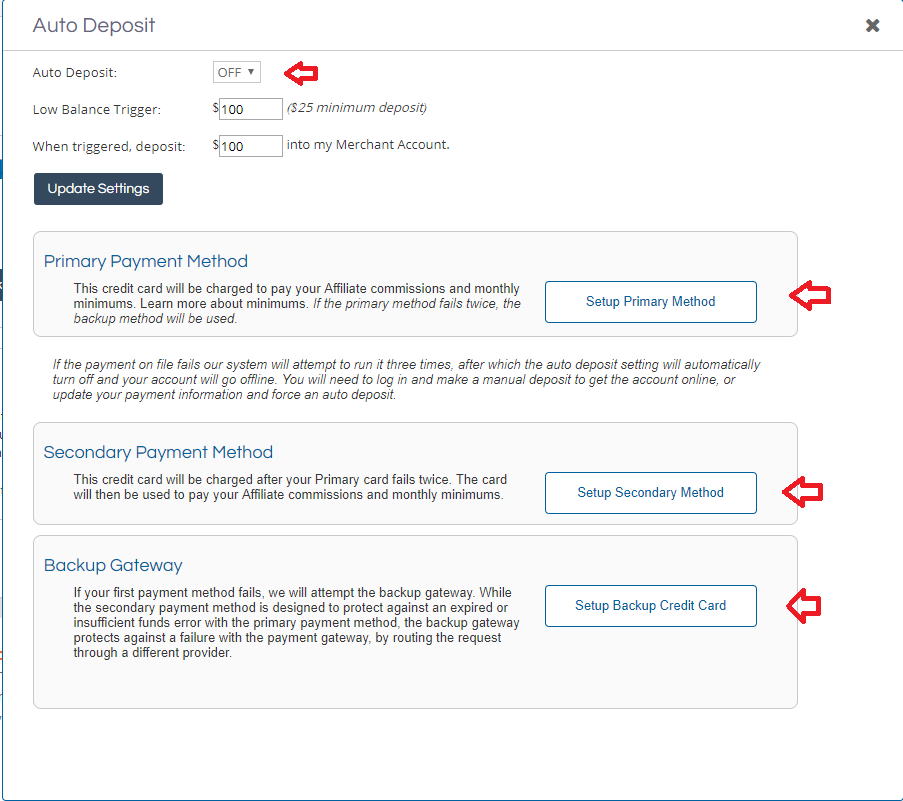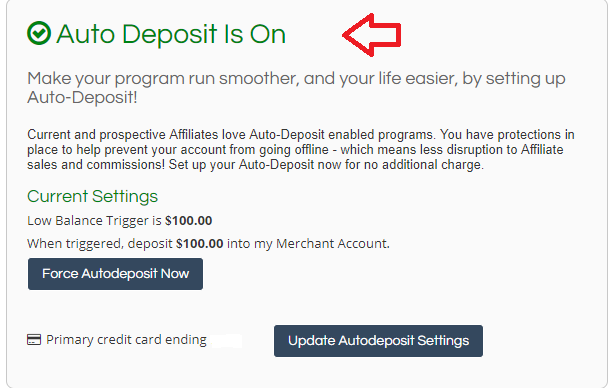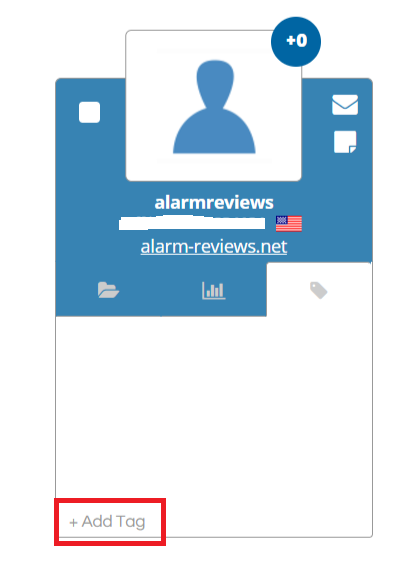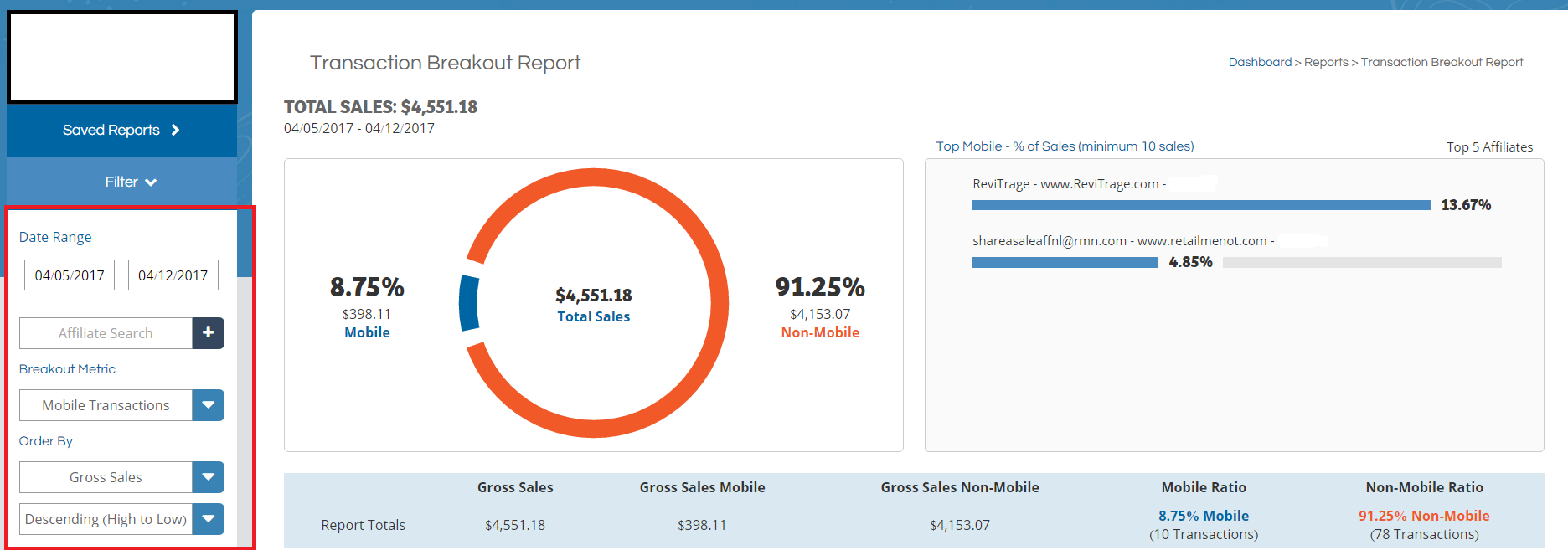Some might consider affiliate marketing to be a Wild Wild West of digital advertising, though, with a proper approach, risks associated with this channel will be minimal. Affiliate marketing is all about trust and relationships, but it’s a business for all parties involved.
Monitoring and policing your affiliates is the first step to securing your own business interests and surprisingly enough, the only way to build a healthier affiliate program.
Below are 3 ways to monitor and review your affiliates.
#1. Auto Approve Practice Leads to Chaos
Almost all networks have an option to auto-approve applications from new affiliates for your program. Not making good partners wait might sound tempting, but if you opt for it, you’ll lose control of the program and also lose one of the best opportunities to learn about your new affiliates.
Respond personally to each request to join your program and try to find a direct contact with an affiliate (in most cases affiliate networks don’t provide contact details, but you can find them on the affiliate’s website listed in a profile). Ask all new candidates about their traffic sources, audience, promotions that work the best etc. Doing so will help you gain control over the program and learn crucial details. Be like a bank — know your partners.
#2. A Little Background Check Didn’t Hurt Anybody

You’ve got a new affiliate application, you have followed the #1 the rule and didn’t auto approve anybody. Right now the only thing you know about your affiliate is a site URL. You visit it and the site looks good. Some affiliates know that program owners will not look any further. So, how can you make sure that the affiliate really has something to offer?
With tools like SimilarWeb you can check estimated site traffic and its sources. Sometimes you will discover other affiliate programs this particular affiliate promotes. All this data will help you make a decision on whether to reject or approve the application.
Additionally, if you decide to let this affiliate onboard, any information gained will empower you to make a better proposal and to motivate your new partner.
#3. Toxic Affiliates Spoil The Whole Program
A spoon of tar spoils a barrel of honey, as Russians say. One toxic affiliate can bring your whole program down. How can you find a bad guy? Monitor traffic coming from each affiliate individually and find the ones that have low conversion rates (CR) — chances are, they are doing something worth taking a second look at.
Also, low CR affiliates spoil your overall program (low CR is bad for your rankings in affiliate network’s leaderboards) and SERP position (search engines will lower your position once they detect that users don’t convert on your site — the main indicator that your site is not relevant).
Additionally, good affiliates will not join your program if your main KPIs (Conversion Rate, Reversal Rate, Average Order Value etc.) are low.
So monitoring affiliates is a must.
Quick Tip: How To Gain Control Over Your Program
Chances are that you are using Google Analytics (GA) to track your website visitors. You can start implementing your monitoring and policing practices by using GA to track your affiliate’s activity. Affiliate networks can pass various parameters: dynamic and static — to your landing page URL. It’s easy to leverage this functionality, though many merchants still don’t use it.
Below is an example of how you can mark all traffic coming from affiliate networks and split it on a publisher level.
- Use the utm_source tag to pass a network name, e.g. utm_source=cj.
- Specify traffic type in a utm_medium tag, e.g. utm_medium=cpa.
- Finally, use a dynamic variable provided by your affiliate network to pass a publisher ID to a utm_campaign tag., e.g. utm_campaign={publisher_id}.
The resulting URL will look similar to https://your-landing-page.com/?utm_source=cj&utm_medium=cpa&utm_campaign={piblisher_id}.
Now you are able to observe each affiliate’s traffic individually and act accordingly.
If you’d like to learn more about using your new Google Analytics setup to monitor and police affiliates, leave a comment below and feel free to ask questions.



 passively recruit affiliates into affiliate programs. What exactly is passive affiliate recruitment? It is a recruiting method when prospective affiliates find a merchant’s affiliate program on their own. Below are 5 ways to passively recruit new affiliates into an affiliate program:
passively recruit affiliates into affiliate programs. What exactly is passive affiliate recruitment? It is a recruiting method when prospective affiliates find a merchant’s affiliate program on their own. Below are 5 ways to passively recruit new affiliates into an affiliate program:


 The FTC can fine both the endorser and advertiser for not properly disclosing their relationship in a product review or sponsored post. The fine can be upwards of $11,000 per infraction. The FTC requires that endorsements use clear and unmistakable language and should be easily visible. They cannot and should not be hidden or tucked away. The last place a brand or blogger wants to be is on the FTC’s radar.
The FTC can fine both the endorser and advertiser for not properly disclosing their relationship in a product review or sponsored post. The fine can be upwards of $11,000 per infraction. The FTC requires that endorsements use clear and unmistakable language and should be easily visible. They cannot and should not be hidden or tucked away. The last place a brand or blogger wants to be is on the FTC’s radar. that they will get credit for their hard work even if the sale does not occur on the originating device.
that they will get credit for their hard work even if the sale does not occur on the originating device.





 Why am I going over something so elementary? Simple, many merchants do not capitalize on the opportunity to activate new affiliates immediately. If the affiliates do not active within the first couple of days (by activate I mean putting links/banners up) it becomes more difficult to make it happen. A proper approval email should give affiliates a refresher on the program (payouts, etc.), plus ways to activate and contact information for the affiliate manager. As I mentioned many merchants miss the mark here and do not engage their new affiliates when the timing is perfect.
Why am I going over something so elementary? Simple, many merchants do not capitalize on the opportunity to activate new affiliates immediately. If the affiliates do not active within the first couple of days (by activate I mean putting links/banners up) it becomes more difficult to make it happen. A proper approval email should give affiliates a refresher on the program (payouts, etc.), plus ways to activate and contact information for the affiliate manager. As I mentioned many merchants miss the mark here and do not engage their new affiliates when the timing is perfect.
